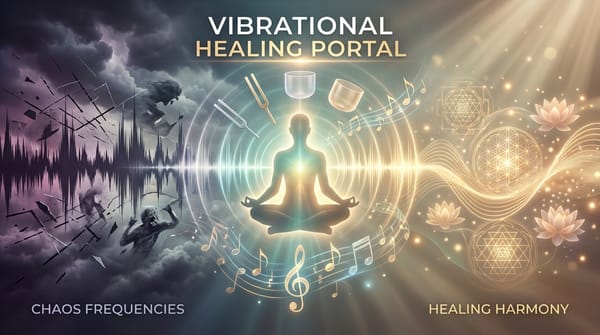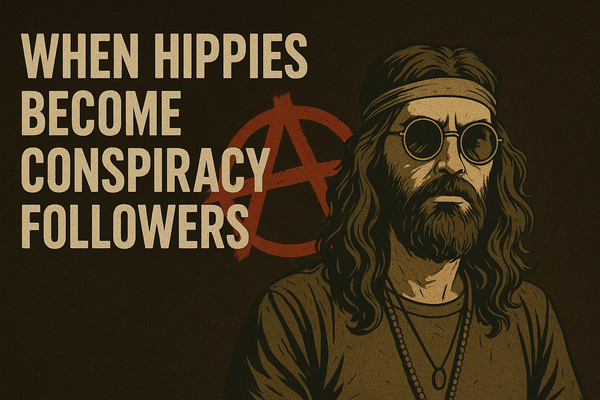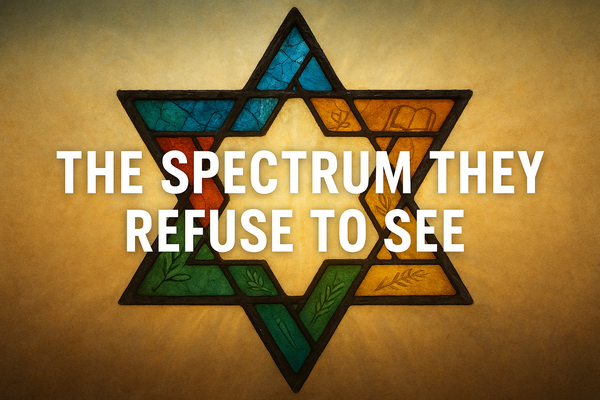The Dangers of Glorifying Violent Revolutions: Lessons from History

In recent weeks, the tragic killing of a healthcare CEO, Brian Thompson, by Luigi Mangione has sparked a wave of online discourse, with some voices glorifying violent resistance and defending acts that, by any definition, border on terrorism. This phenomenon, largely fueled by young Americans on social media, reflects a dangerous romanticization of revolutions and violent uprisings. History offers us stark lessons on how violent revolutions, particularly those rooted in communist or socialist ideologies, unfolded—and the human cost they exacted.
The Peril of Glorifying Violence: Why Non-violent Resistance is the Stronger Path
The internet, especially social media, can be a double-edged sword. While it connects people and amplifies voices, it also can distort reality and create echo chambers where dangerous ideas take root. One such dangerous idea is the glorification of violent resistance. Recent events fuel this harmful rhetoric, particularly among young Americans. While anger at injustice is understandable, history and research show that violence is not the answer. Non-violent resistance, while often overlooked, is the more effective and ethical path to lasting change.
This blog post explores why glorifying violent resistance is dangerous and highlights the power and efficacy of non-violence.
Historical Precedents of Violent Revolutions
1. The Bolshevik Revolution (1917)
- What Happened: In Russia, discontent with Tsarist rule culminated in the Bolshevik Revolution, where Lenin’s faction overthrew the government. The initial promises of equality and workers' rights devolved into authoritarian rule under the Soviet Union.
- Targets: Landowners, the wealthy, intellectuals, and political dissenters were vilified as "class enemies." The Red Terror, a campaign of mass executions and arrests, targeted anyone perceived as opposition.
- Outcome: The revolution led to the deaths of millions through purges, famines, and gulags. Rather than freedom, it ushered in decades of repression under Stalin’s rule.
2. The Chinese Communist Revolution (1949)
- What Happened: Mao Zedong’s communist forces overthrew the Nationalist government. The Chinese Communist Party (CCP) established itself as the sole authority, claiming to liberate peasants from feudal oppression.
- Targets: Landlords, intellectuals, and anyone suspected of opposing the CCP faced brutal repression. The Cultural Revolution (1966–1976) later purged millions in ideological purges.
- Outcome: Tens of millions died due to famine caused by collectivization policies and political purges. The promised utopia became a totalitarian nightmare.
3. The Cuban Revolution (1959)
- What Happened: Fidel Castro and Che Guevara led a guerrilla movement to overthrow dictator Fulgencio Batista. While they claimed to fight for the people, dissent was swiftly crushed after their victory.
- Targets: Wealthy landowners, business leaders, and political opponents were executed or exiled. Even ordinary citizens accused of dissent faced imprisonment.
- Outcome: Cuba became an isolated dictatorship with severe restrictions on freedom. Economic stagnation and repression continue to plague the nation decades later.
4. The Khmer Rouge in Cambodia (1975–1979)
- What Happened: Under Pol Pot, the Khmer Rouge sought to create an agrarian communist utopia by dismantling urban society.
- Targets: Intellectuals, professionals, and anyone associated with the previous regime were executed. Even wearing glasses was seen as a sign of elitism and punishable by death.
- Outcome: Nearly 25% of Cambodia’s population was killed in one of history’s worst genocides. The regime’s vision of equality led to unimaginable suffering.
The False Romance of Violent Revolution
The idea of a righteous uprising, of overthrowing an oppressive system through force, has a certain appeal. But this romantic vision often ignores the bloody reality of violent revolutions. History is filled with examples of uprisings, especially those rooted in communist or socialist ideologies, that devolved into cycles of suffering, repression, and ultimately betrayed their initial ideals.
The Power of Non-Violent Resistance
Many believe that force is the only language powerful people understand. This is simply not true. A comprehensive study comparing violent and non-violent campaigns found that non-violent resistance movements were nearly twice as likely to achieve their goals. These successes spanned various objectives, including:
- Removing autocratic regimes following rigged elections
- Ending foreign occupations
- Forcing constitutional concessions from monarchs
In the groundbreaking work "Why Civil Resistance Works: The Strategic Logic of Nonviolent Conflict," Erica Chenoweth and Maria J. Stephan analyzed campaigns from 1900 to 2006 and found that nonviolent campaigns were not only more successful overall but also twice as likely to succeed in anti-occupation efforts compared to violent ones. This success is largely attributed to nonviolent movements' ability to attract mass participation and foster loyalty shifts among the opponent's security forces.
Why Non-Violence Works
The effectiveness of non-violent resistance lies in several factors:
- Mass Participation: Non-violent movements can attract a far broader and more diverse range of participants than violent ones. This makes it harder for authorities to demonize or ignore them.
- Shifting Loyalty: The sheer size and diversity of non-violent movements can cause cracks in the opponent's power base. Security forces, police, and even government officials are less likely to use force against their own family members, friends, and neighbors who are participating.
- International Support: Non-violent movements are more likely to garner international sympathy and pressure on the opponent, further isolating them.
Defending Against Genocidal Regimes
Defending against genocidal terrorist regimes presents a complex and harrowing challenge. While such regimes are often characterized by extreme violence, propaganda, and sophisticated control mechanisms, non-violent resistance can still be a powerful tool.
- Mass Mobilization and Non-Cooperation: Large-scale, unified movements create significant pressure and disrupt the regime’s operations.
- Building Resilience: Decentralized nonviolent movements are harder to suppress, as they lack easily identifiable leaders to target.
- Shifting Loyalty: Unified resistance can create cracks in the regime’s support base, influencing security forces and institutions to refuse participation in atrocities.
- International Condemnation and Support: Mobilizing global pressure through sanctions, diplomatic isolation, and raising awareness can delegitimize the regime and galvanize intervention.
The lessons of history suggest that even in the face of brutal and ideologically driven regimes, strategic nonviolence can save lives, as demonstrated by movements like the Rosenstraße protests in Nazi Germany. However, resistance against genocidal regimes remains fraught with challenges, including time constraints, asymmetric power, and the risk of severe retaliation. Nonetheless, combining mass non-cooperation, international pressure, and nonviolent discipline offers a pathway to challenge even the most oppressive powers.
Building a Better Future
The goals of lasting peace, justice, and democracy are not achieved through violence. Violence only begets more violence, creating cycles of retaliation and suffering. Non-violent resistance, while requiring courage and discipline, is the proven path to building a more just and equitable society.
The Risks of Ideological Civil War
The rise in polarized rhetoric and the acceptance of violence as a valid tool for change are signs of a growing ideological divide in America. While socialist and communist revolutions promised equality, they often delivered repression and mass suffering. The same risks apply today if violence replaces discourse as the primary means of resistance.
The cost of civil conflict is borne not just by those in power but by communities, families, and individuals. America, with its diverse population and democratic framework, risks tearing itself apart if ideological differences escalate into outright violence.
What Can Be Done?
- Promote Critical Thinking: Educate people on the full history of violent revolutions, including their human cost.
- Encourage Nonviolent Action: Highlight the successes of nonviolent movements like the Civil Rights Movement and Indian Independence Movement as alternatives to violence.
- Foster Open Dialogue: Create spaces where opposing ideologies can engage in constructive conversations without fear of escalation.
- Hold Social Media Accountable: Address the amplification of harmful rhetoric online.
Conclusion
Glorifying violent resistance may seem appealing to those frustrated with systemic inequality, but history warns us of the consequences. Revolutions fueled by violence often end in suffering, repression, and a betrayal of their original ideals. We must reject the simplistic allure of violence and embrace the strategic, moral, and ultimately more effective power of non-violent resistance. By fostering open dialogue, holding social media platforms accountable for harmful content, and learning from the successes of non-violent movements throughout history, we can build a future where positive change comes not from the barrel of a gun but from the collective will of a united people.
Listen to the Podcast






